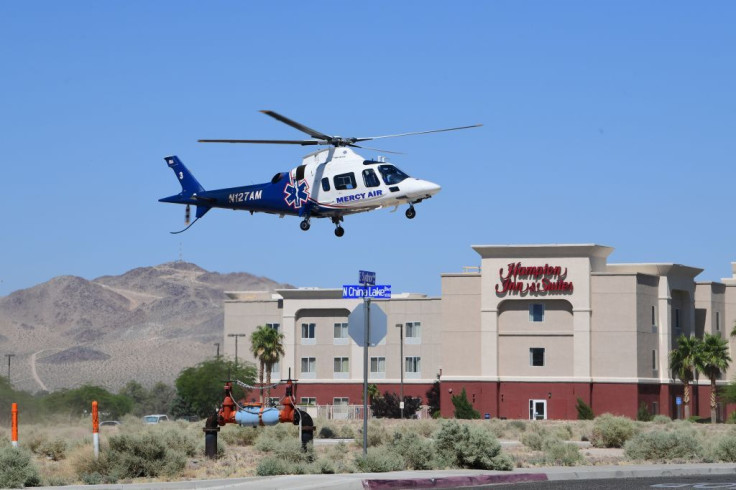California Earthquake Today: Residents Should Prepare For 'The Big One'

The question terrorizing nervous Californians is if the magnitude 7.1 quake that hit Ridgecrest on July 5 was the “main event,” or was it just the foreshock to a more devastating quake seismologists believe has a two percent chance of devastating California over the next few weeks?
The nervousness among Californians is being fueled by knowledge the magnitude 6.4 quake on the Fourth of July wasn’t the main quake but only a precursor to the magnitude 7.1 quake that hit the same area the next day. No one was killed in these two quakes but some homes were destroyed by fires and numerous other structures (including roads) damaged.
"It's constant adrenaline," said Jason Corona to CNN, "because we don't know if the little one is going to be the next big one." Corona's family owns a restaurant in Ridgecrest.
Many are now wondering if next one will be the catastrophic and long-overdue “Big One” along the massive San Andreas Fault.
Californians are seeing their blood pressures rise with constant media bombardments the Big One might be just around the corner. Some see the release of a podcast titled, "The Big One: Your Survival Guide," as a reminder the future looks grim.
Most terrifying for Californians, however, is that scientists have long been warning them the Big One is way overdue. The U.S. Geological Survey (USGS) said the southern San Andreas Fault has typically seen large earthquakes every 150 years.
There hasn’t been a Big One -- defined at magnitude 8.0 or greater -- since the last large earthquake in 1857. This magnitude 7.9 was located at the southern segment of the San Andreas Fault, which "is considered a likely location for an earthquake (the Big One)” in the future.
The July 4 and 5 quakes occurred to the north of and far from the San Andreas Fault.
The catastrophic magnitude 7.9 quake that leveled San Francisco in 1906 means there's a slightly lower chance of a major earthquake occurring in the northern part of the state, said the USGS.
Californians continue to live in anxiety over the Big One.
"I would honestly say it's something Californians are always cognizant of because of the San Andreas Fault being here," said Steve Rios of Riverside, California. "We're standing on two different (sides) of the fault line. It's kind of a scary feeling."
Seismologists, however, said last week's quakes probably won't increase the likelihood of a major earthquake at the San Andreas Fault.
Dr. Lucy Jones, a seismologist with the California Institute of Technology, believes there’s a two percent chance of the Big One occurring each year. That’s about 1 in 20,000 every day, she said, but Californians should always be prepared.
"One should always be preparing for a Big One," she pointed out to CNN.
In October 2015 Los Angeles passed extensive seismic regulations requiring thousands of buildings be retrofitted to withstand violent shaking. San Francisco passed a similar law in 2013.
© Copyright IBTimes 2025. All rights reserved.





















